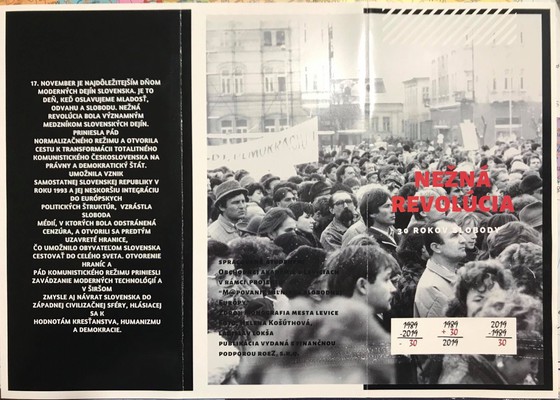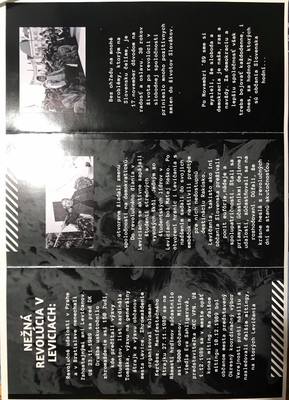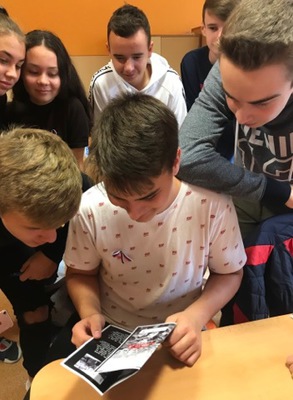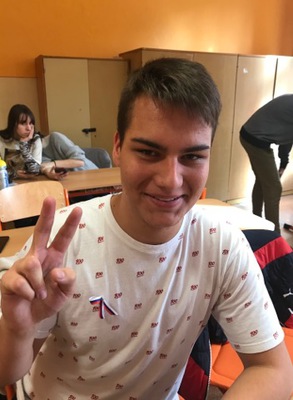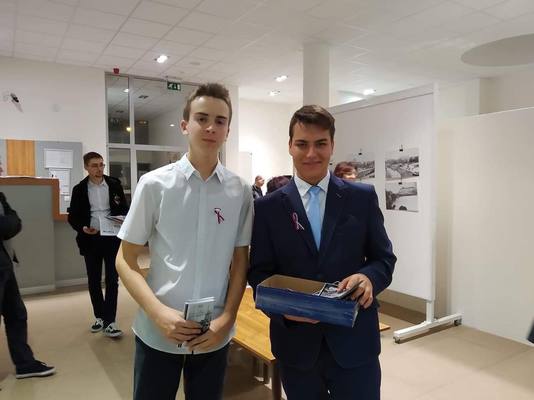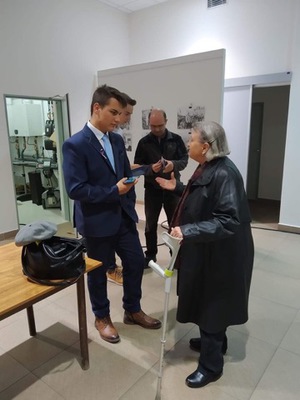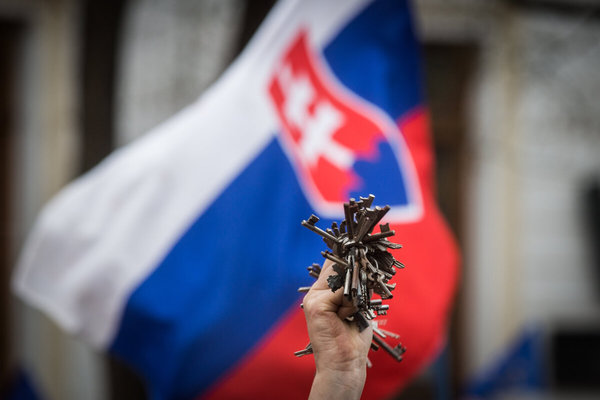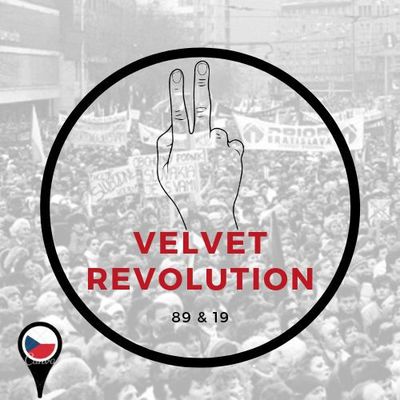 .
.
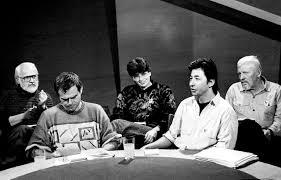
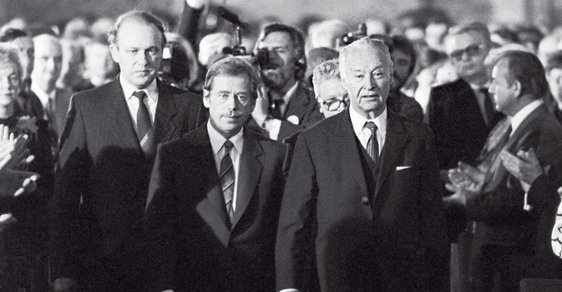
The fall of communism in Czechoslovakia is mainly associated with demonstrations, which took place from 16 November in Bratislava and from 17 November 1989 in Prague. Although these first two demonstrations took place on the occasion of International Student Day and thus the 50th anniversary of the Nazi raids at the Prague University Dormitories, their participants demonstrated verbally and with banners against communism. After the intervention of the security forces against the demonstrating students and the involvement of the general public in further demonstrations, the memory of Nazi repression symbolically resulted in the fall of the communist regime.
There were several reasons for the fall of communist regimes in Europe - notably the economic and military backwardness of the East behind the West, the increase in public expressions of dissatisfaction with the regime, the inability of communist governments to reform the regime or maintain the existing regime without massive repressive actions. National and international conditions in connection with the resignation of Moscow to maintain communist regimes by military intervention inevitably led to the fall of communist regimes in Central and Eastern Europe.
The fall of communism in Czechoslovakia foreshadowed the development of opposition activities at the end of the 1980s (samizdat literature, church events). The regime's inability to prevent public opposition demonstrations was confirmed by the repressive actions of the security forces, arousing reluctance in the general public. The November demonstrations, with hundreds of thousands of citizens, confirmed this incompetence. Due to similar situations in other communist countries, the regime could not count on help from the outside, it could only rely on its own strength. The decision not to use prepared members of the People's Militia or the Czechoslovak People's Army to intervene against the demonstrations resulted in the fall of the communist regime.
Immediately after November 17, the Public Against Violence movement and the Civic Forum emerged, laying the foundations for political pluralism. During November, meetings with hundreds of thousands of participants took place. The leadership of the Communist Party and the Communist Party were replaced, the constitutional party's leading position guaranteed by the constitution was abolished. In December, the first federal and Slovak government with a predominance of non-communists was appointed. Communist President Gustáv Husák resigned, and Václav Havel was elected President (see calendar).
The period from November 1989 to the first free elections in June 1990 was a brief and unsuccessful attempt to liberalize the regime (the new government of Ladislav Adamec from 3 to 10 December 1989) and the successful transition of the regime culminating in the unequivocal victory of democratic political parties in the elections. and June 9, 1990. Although the post-November political reality is marked by the persistence of communist regime officials in government and parliamentary positions, in the judiciary and security forces, the pro-democracy direction was never called into question and the most important democratic principles established shortly after the fall of communism were preserved.
The non-violent change of regime with elements of agreement and reform was named "gentle" or "velvet revolution". Since 2001, November 17 has been a national holiday - the Day of the Struggle for Freedom and Democracy.
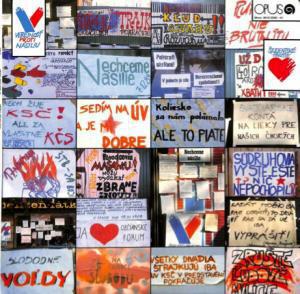
Discussion about revolution in the town Levice from the 1st hand from the student - revolutioner Matej Haško, now an enterpreneur and a good man :)
This publication has been created by Slovak students involved in this project and mapping the history of Velvet revolution in our town. The students were part of the celebration of 30th anniersary of Velvet revolution in the Twown Hall in Levice where they gave the booklet mady bythem to the visitors of this celebration :) GOOD JOB!
_SKLADAČKA 1.pdf
